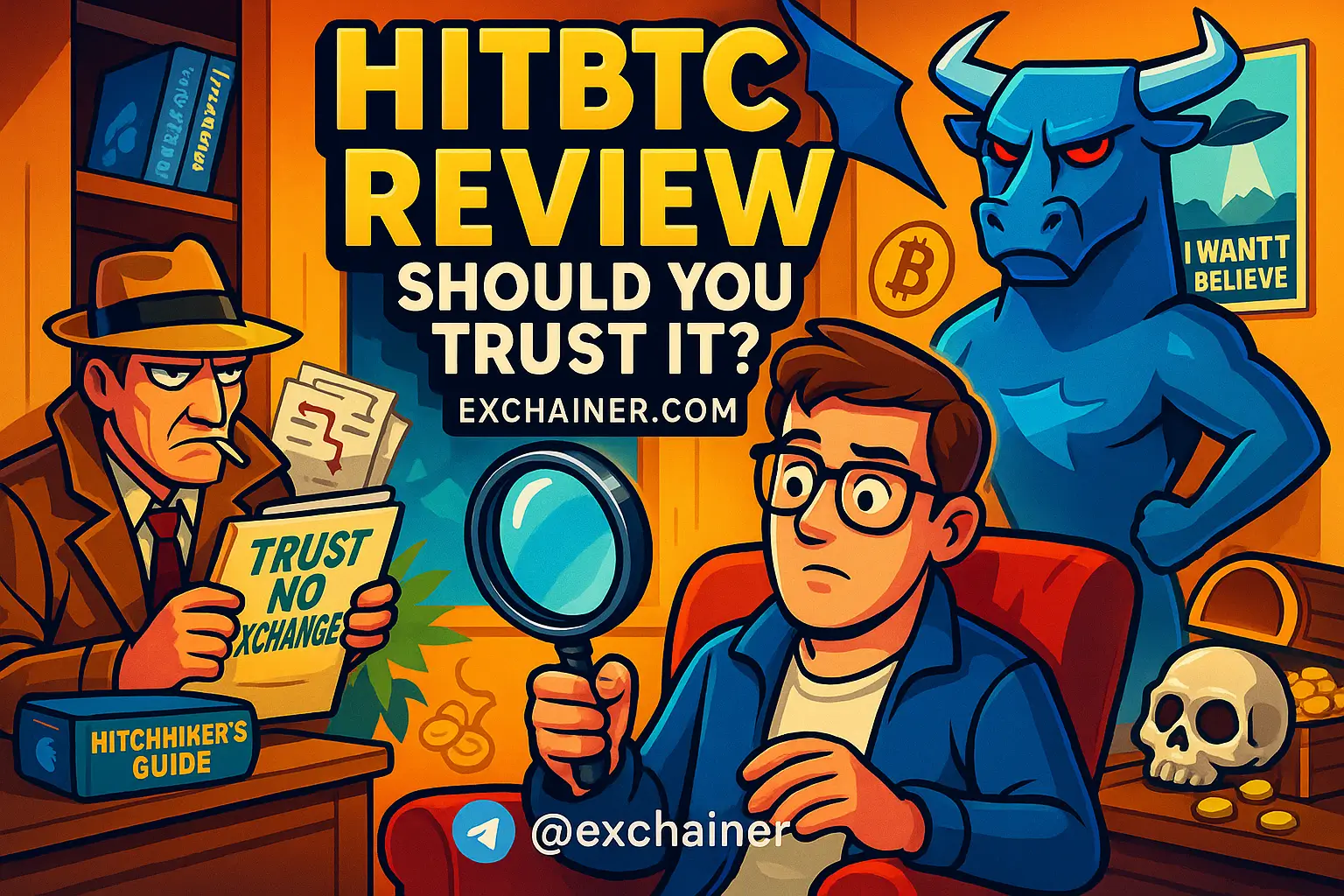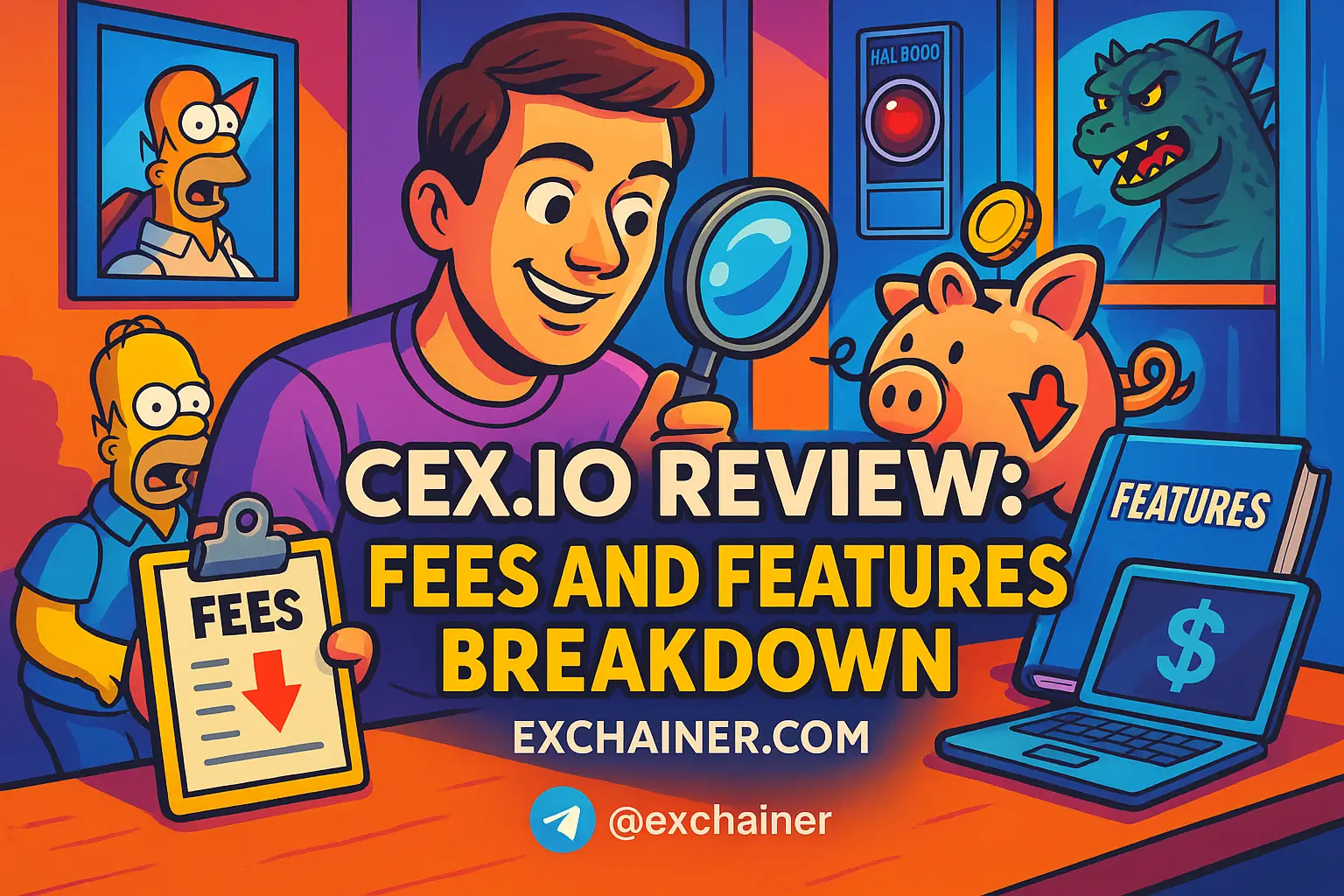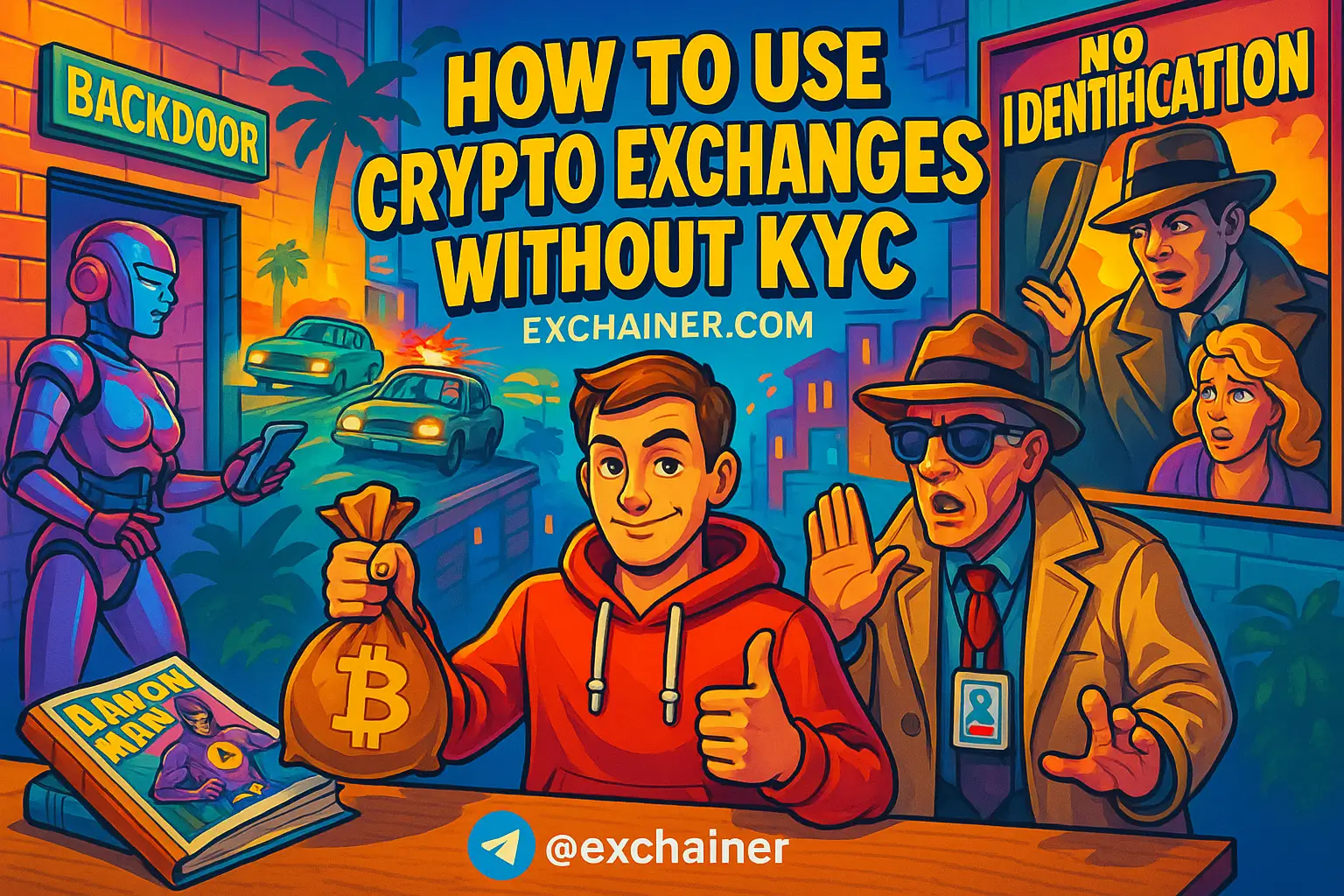The world of cryptocurrency is ever-evolving and growing, but if you're just dipping your toes into the waters of digital currency, you might be asking yourself, "What is crypto?" To put it simply, cryptocurrency is a form of digital or virtual currency that uses cryptography for security. This innovative form of money has revolutionized finance, offering superior security, decentralization, and a way to keep more of your profits. One exciting phenomenon within this ecosystem is cross-chain swapping. In this article, we’ll explore the fundamentals of cross-chain swapping, its importance, and how it can benefit you. By the end of this guide, you’ll have a solid understanding of cryptocurrency basics, especially related to exchanging assets across different blockchain networks.
As you start navigating the crypto universe, you’ll notice that different cryptocurrencies reside on separate blockchains. Generally, trading these currencies requires a centralized exchange. However, this can limit your options and bring about risks like security vulnerabilities. This is where cross-chain swapping comes into play. It allows users to exchange assets directly between different blockchain networks without needing a traditional intermediary. This enhances versatility, efficiency, and privacy in your transactions. Want to know more? Let's dive into the details!
Understanding Cross-Chain Swapping
Cross-chain swapping enables users to trade cryptocurrencies across different blockchains. Imagine you want to trade Bitcoin for Ethereum. With traditional exchanges, you usually need to convert your Bitcoin to a stablecoin or fiat currency and then use a different exchange to buy Ethereum. This process can be tedious, slow, and costly due to numerous transaction fees. Cross-chain swaps simplify this process by allowing you to perform a direct exchange between two different blockchain networks.
In essence, cross-chain swapping relies on smart contracts. Think of a smart contract as a digital agreement that automatically enforces the terms based on coded conditions. Both parties involved in the trade agree to swap their assets, and the smart contract ensures that the agreed-upon conditions are met before the transaction finalizes. It’s like having a trustable intermediary, but without a centralized entity controlling your assets.
The Mechanism Behind Cross-Chain Swaps
The mechanics behind cross-chain swapping can get a little technical, but don’t worry! Here’s a simplified overview:
- Initiation: The first step involves the trader initiating the swap by sending a request to the smart contract.
- Confirmation: The smart contract verifies the transaction details and locks the cryptocurrency in a designated digital wallet.
- Atomic Swap: The critical element here is the atomic swap feature. It’s a process that facilitates simultaneous coin exchange across different blockchains without requiring trust in a centralized entity.
- Completion: Once the initial asset is locked, the cross-chain protocol confirms that the other party has completed their side of the deal. Finally, both assets are released to the parties involved.
This seamless integration assures both parties that neither can cheat the system. If one trader fails to meet their obligations, the whole transaction cancels, and assets are returned to their respective wallets.
Benefits of Cross-Chain Swapping
Now that you have a foundational understanding of what cross-chain swapping is and how it operates, let's explore the benefits it offers to cryptocurrency traders.
1. Increased Flexibility: Cross-chain swaps allow users to trade various cryptocurrencies regardless of the blockchain they operate on. This is especially valuable given the rising number of cryptocurrencies in the market.
2. Reduced Costs: Since you’re bypassing many centralized exchanges, you save money on transaction fees. You’re also reducing the risk of potential hacks that centralized exchanges might be susceptible to.
3. Enhanced Privacy: Many users prefer the anonymity that direct peer-to-peer exchanges can provide. Cross-chain swaps don’t require you to disclose your identity, which can be appealing in terms of privacy and security.
4. Simplified User Experience: Instead of struggling to navigate various exchanges, cross-chain swapping offers a streamlined approach. This is beneficial for newcomers and experienced traders alike who want to maximize their trading strategy efficiently.
Real-World Examples
To illustrate cross-chain swapping further, consider the example of a user wanting to exchange Bitcoin for Litecoin. Traditionally, they would need to transfer their Bitcoin to an exchange, wait for it to be processed, and then make their Litecoin purchase. In a cross-chain swap scenario, the user initiates the swap, locks their Bitcoin in a smart contract wallet, and simultaneously receives Litecoin in their digital wallet. This not only makes for a simpler trading process but also significantly speeds it up while bypassing the need for a centralized exchange.
Another example is using decentralized platforms equipped with cross-chain capabilities. The rise of Decentralized Finance (DeFi) platforms allows for seamless cross-chain swaps. For instance, platforms like Thorchain and Atomic Wallet provide tools that facilitate cross-chain transactions, enhancing liquidity and trading options.
Challenges of Cross-Chain Swapping
While cross-chain swapping provides various advantages, it’s still relatively new, and there are challenges involved. Knowledge of these hurdles can help you navigate the cryptocurrency waters more thoughtfully.
1. Technical Complexity: As wonderful as it sounds, the implementation of cross-chain swaps is a complex process requiring advanced coding and protocols. Not every cryptocurrency supports cross-chain capabilities yet.
2. Security Concerns: Just because the smart contracts are designed to be secure doesn’t mean they’re impenetrable. Hacking and exploitation attempts can still occur, so choosing a reputable platform is crucial.
3. Limited Adoption: Despite its potential, cross-chain swapping isn’t widely adopted yet. Certain cryptocurrencies may not support it, limiting options for some traders.
Tips for Engaging in Cross-Chain Swapping
If you’re interested in starting your cross-chain swapping journey, here are a few tips to keep in mind:
- Research Platforms: Before engaging in any swaps, investigate platforms like Thorchain or PancakeSwap that support cross-chain transactions. Ensure they have a solid reputation and a strong security track record.
- Understand Transaction Fees: While cross-chain swaps reduce many fees, some platforms still charge rates. Always double-check fees before proceeding.
- Stay Updated: The crypto landscape is always changing. Keep abreast of developments in cross-chain technologies and partnerships to enhance your trading experience.
- Practice Caution: As always, be cautious with your crypto assets. Utilize wallets that prioritize security, and enable two-factor authentication when possible.
Conclusion: Your Next Steps in Crypto Trading
Cross-chain swapping is an innovative step forward in the cryptocurrency landscape, making it easier and more advantageous to trade various digital assets. Whether you’re a seasoned trader or a beginner stepping into the crypto world, understanding how to leverage cross-chain swaps can significantly enhance your trading strategy and overall experience. You now have the knowledge to navigate this intricate yet promising aspect of cryptocurrency, with a basic understanding of the mechanics, benefits, challenges, and practical tips for engaging in cross-chain swapping.
If you're eager to learn more about cryptocurrency basics, trading strategies, and tools, explore our Crypto 101 section. For in-depth reviews on exchanges, check out our Exchange Reviews. And, don't forget to explore our Tools and Wallets for a comprehensive understanding of crypto trading tools that can help you succeed!
Take the first step in your journey, friends, and remember: the world of cryptocurrency is vast and continuously advancing—don’t hesitate to dive deeper!












